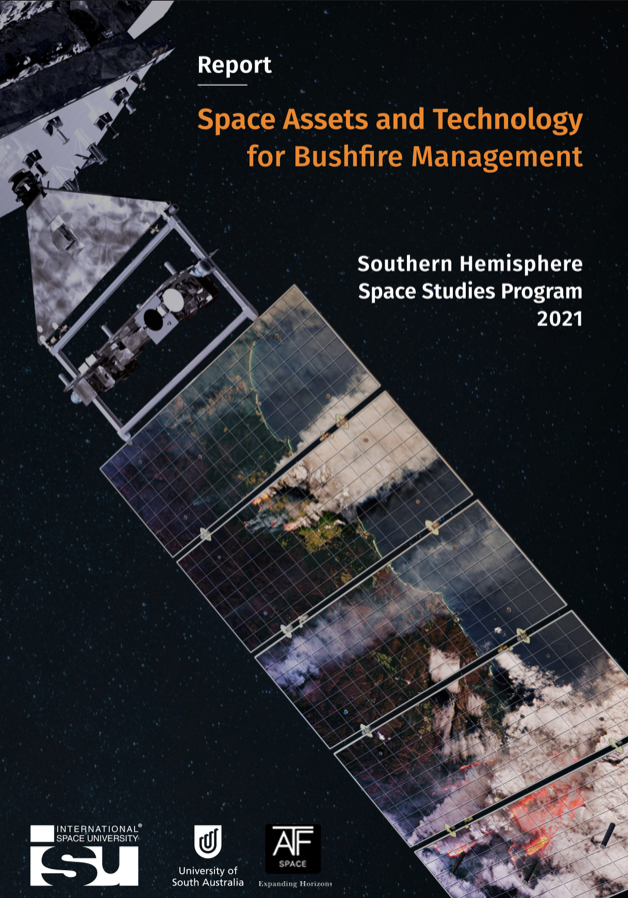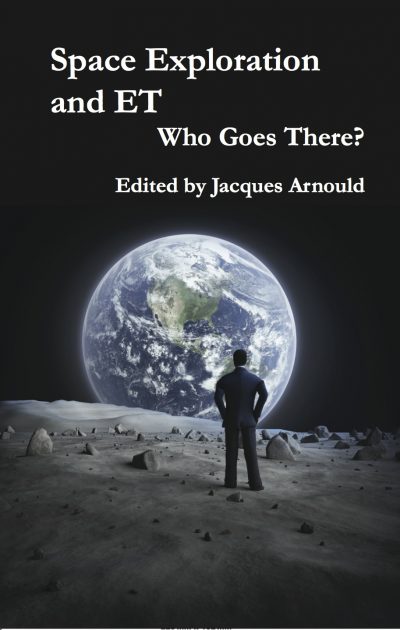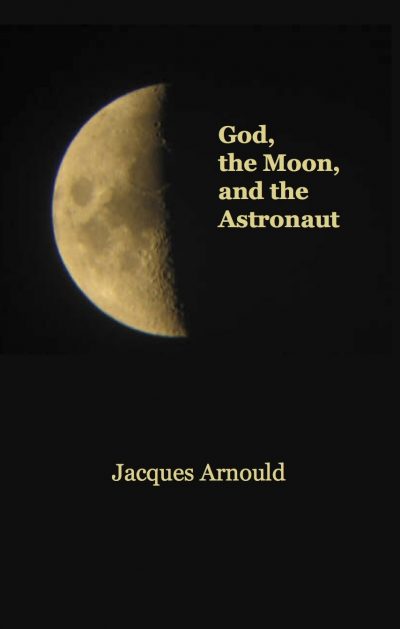Description
The financial, emotional, and ecological impacts of bushfires can be devastating, as seen during the 2019–2020 ‘Black Summer’ East Australian bushfires. This report was prepared by participants of the Southern Hemisphere Space Studies Program 2021 (SHSSP21) to address the question, ‘How can space assets and technologies be applied to better predict and mitigate bushfires and their impacts?’ The task was addressed under three pillars, namely bushfire prediction (‘Predict’), mitigation of bushfire effects (‘Mitigate’), and communication needs relating to bushfire response (‘Communicate’). Working initially in these three groups, the report was developed by combining the diverse expertise and experience of participants with the interdisciplinary knowledge gained from seminars, distinguished lectures, and workshops, and a literature review. With reference to the 2019–2020 Australian fire season, each group conducted a current state analysis and identified key challenges. Comparing this to the future desired state, we identified gaps in each of the three domains, and then worked across teams to reach consensus on a combined list of recommendations. Several recommendations were derived independently by two or more of the three groups, highlighting the importance of a holistic and collaborative approach. In summary, three geophysical components determine fire behavior—fuel, topography and weather. Earth observation data for each of these are essential for accurate bushfire prediction. As most fires start by lightning strikes, prediction of lightning using satellite infrared imagery to determine cloud top temperatures could assist bushfire prediction. Huge volumes of satellite data must be combined with weather and climate prediction models to improve forecast lead times, however, a major limitation is the storage capacity and computational power required, which could be addressed by using cloud-based technology infrastructure. Adequate communication of relevant information to authorities and communities is vital. Firefighter safety could be improved by use of protective clothing modelled on astronaut space suits, and by reinforcing fire trucks with thermal protective materials as used on spacecraft. An interoperable national communications infrastructure is needed to enable rapid sharing of information and resources, with emergency responders and citizens, across jurisdictions. While our case study was based on the Australian context, the lessons and recommendations could be applied internationally.
International Journal of Space Studies is a joint venture between ATF Press Publishing Group, the International Space University and the University of South Australia. The aim of the Journal is to bring together research undertaken by students in the programs coordinated by ISU. Each edition has its own theme and editorial team who work under the supervision of the overall editors from both educational institutions with an International Reference group.
Managing Editor: Gabriel Bueno Siqueira, ATF Press Adelaide
Editorial Board Representing University of South Australia: Ady James, Jasmine Vreugdenber.
Representing the International Space University: Carol Carnett, Kenos Jules.
International Board of Reference: Jacques Arnould (CNES France), Michael Davis,
(Andy Thomas Space Foundation, Adelaide), Yi So-yeon (ISU).
Release date: 20 October 2021
978-1-922582-81-2 Soft cover
978-1-922582-82-9 Hard cover
978-1-922582-83-6 ePub
978-1-922582-84-3 pdf





